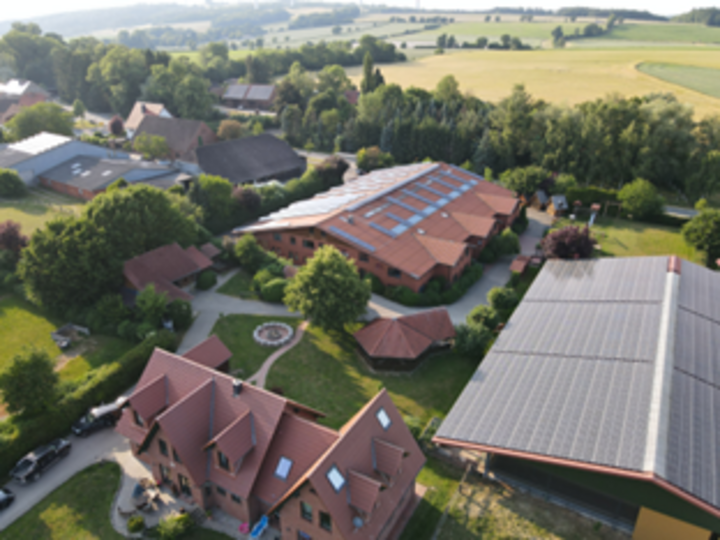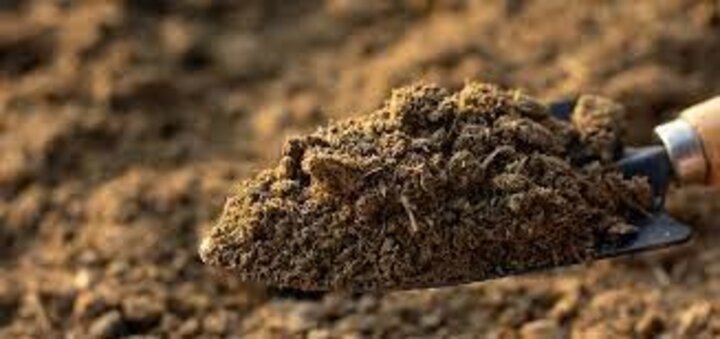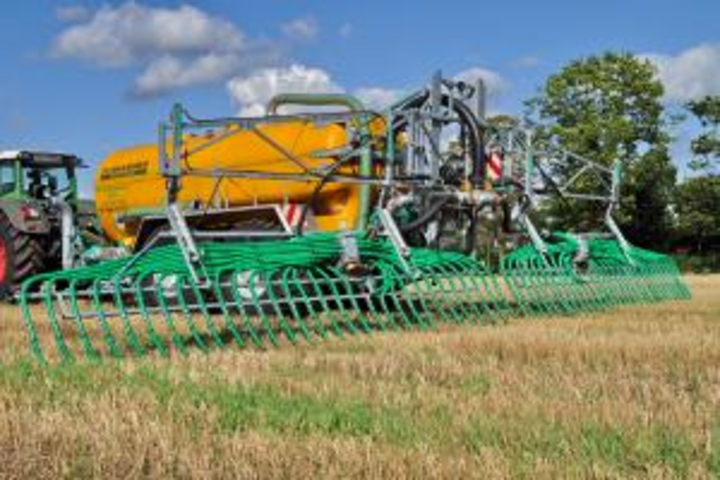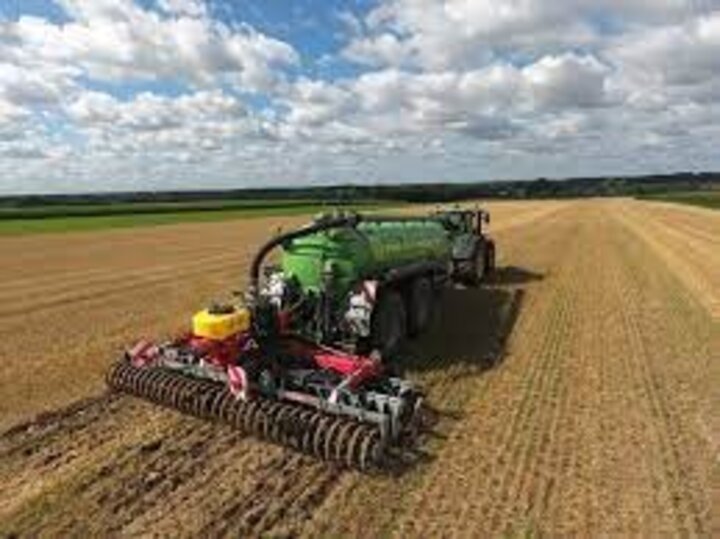Manure Application from a German Perspective
About the Author
Hello! My name is Saskia. I grew up on a 3rd generation crop farm in Western Germany where we grow potatoes, wheat, rye, barley, oats, corn, beans, triticale, rape, sugar beets, and until a few years ago, we raised swine as well. We also manage a horse operation with around 50 horses. On our farm we regularly use animal manure (either from our own animals or purchased from nearby farmers) to fertilize our fields. In 2021, I moved almost 5,000 miles away from home to see how the agricultural industry looks like on the other side of the world. Currently, I am a senior here at UNL studying agricultural and environmental sciences communications.Over the last year I’ve been working for Dr. Amy Schmidt, the Manure Lady herself, here at UNL, and even though I grew up farming, this experience has given me a new understanding of how manure impacts soil, crops, and the environment. It also helped me understand better the reason for some of the regulations for manure use and how they are different between here and Germany.
What I’ve learned: The science of manure– it’s not just poop.

Of course, different countries have different farming practices due to different climates, soils, and market demands. Germany is a small country compared to the United States, with a high population density. Therefore, German farmers need to farm as efficiently as possible on the limited land they have available. In the part of Germany where our farm is located, the average yields of winter wheat, the most common crop in Germany, ranged from 126 bu/ac to 133 bu/ac in the last 5 years. To protect the environment from intensive farming practices, the German agriculture sector is heavily regulated. We use manure as a natural fertilizer because it has many benefits for the soil. Manure contains nitrogen, phosphorus, and other nutrients that plants need to grow. Applying manure can reduce erosion and is also an excellent way to increase soil organic matter, which increases the overall soil health. If manure is used properly, it can even save farmers some money.
The right rate

The right timing
To use manure most efficiently, the timing of application to fields is important. The best time depends on the logistics of a farm, weather, and soil conditions. On our farm in Germany, we apply most of the manure in the spring before planting. The chance of nutrient loss in the spring is lower because manure is available closer to when a growing crop will use the nutrients. However, poor soil conditions can delay manure application and may further delay planting.
We also apply manure in the summer right before we plant cover crops. The great benefit of cover crops is that they can recapture nutrients in livestock manure and keep these nutrients from escaping into lakes, streams, and rivers.

Different manure application methods
Liquid or slurry manure has several application options including irrigation, broadcasting on the surface with or without incorporation and injection. Since 2020, German farmers are required to use emission reducing technologies that apply manure directly on the soil or into the soil. This reduces ammonia emissions and increases nitrogen efficiency.
Incorporating manure into the soil is important to reduce nitrogen loss and odors. Broadcasting manure, either solid or liquid, without incorporation, results in higher emission of manure gases and odors. If manure is incorporated by tillage within 6 to 12 hours of the initial application, emissions can be reduced by up to 80%. In Germany, this is not only recommended, but it is required. Slurry manure must be incorporated into the soil within four hours. In regions with increased requirements, manure must be incorporated into the soil within an hour. Injection methods are excluded from this regulation since the manure is already incorporated into the soil.

Everyone learning from different experiences
I’ve learned a lot about manure here in Nebraska, and I hope Nebraskans will be able to learn from my experiences as well. Even though most of the regulations I described are not required in the US, they are recommended. Soil testing, emission reducing technologies, and the fast incorporation of manure into the soil can help increase plant and soil health and ultimately improve yields while having the added benefit of knowing you went the extra mile to protect the environmental resources your community needs.
This article was reviewed by Mara Zelt and Leslie Johnson